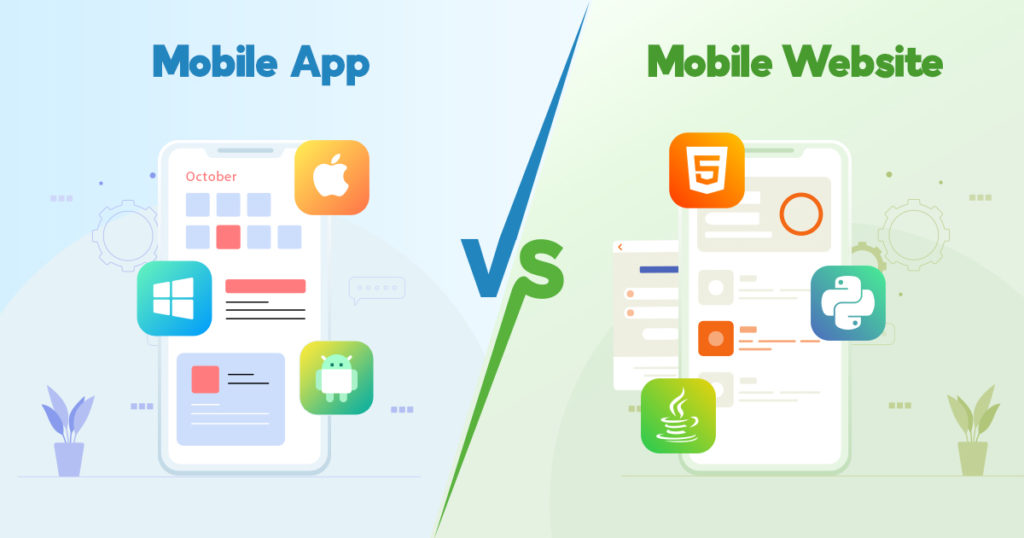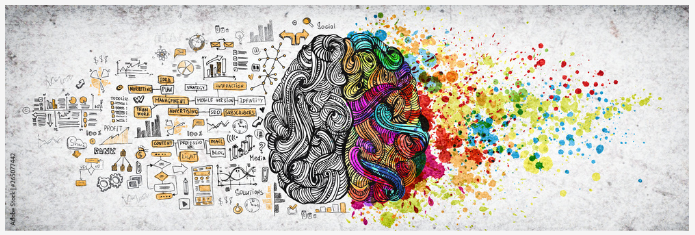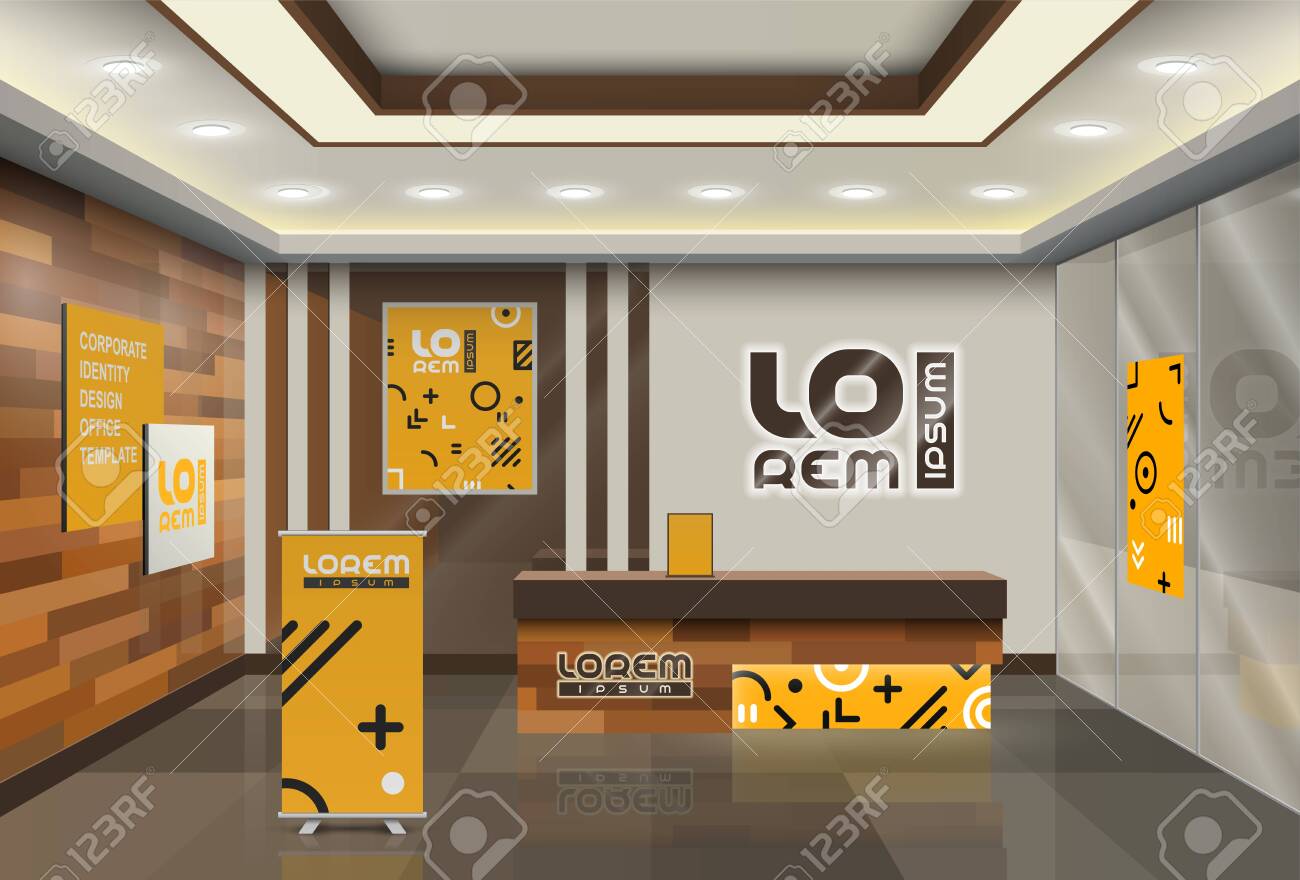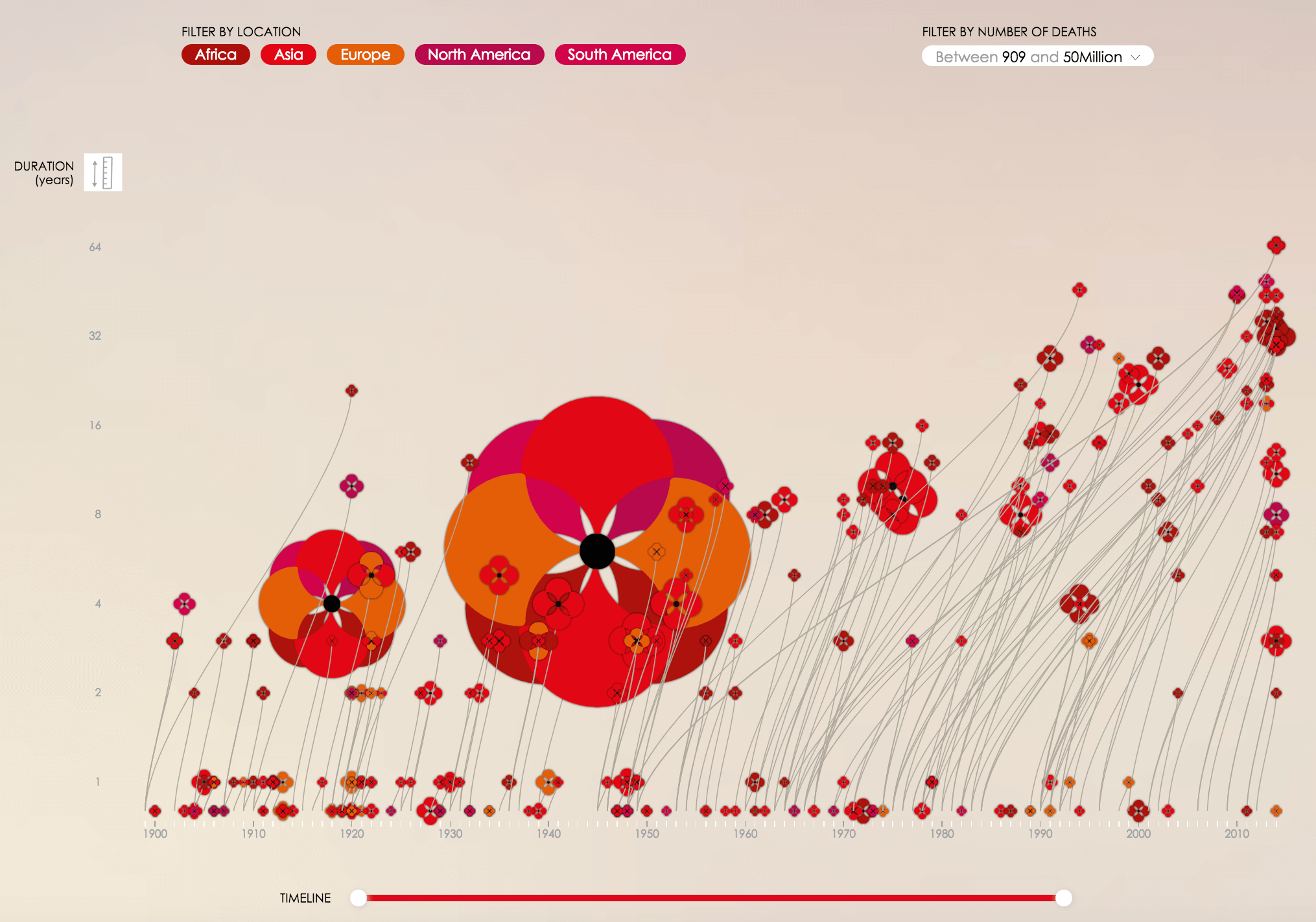Why Video Marketing is gaining importance?
Everything changes and evolves. Marketing trends and strategies are no different. Every year, every season, a new trend begins that works better than the previous trend. For so many years, long-form blogs were the “King” of online marketing for brands and companies. However, over time, the term blog has been changed to “Vlog”, simply meaning a blog but in the form of a video. Video marketing trends have come a long way over the past few years and have become indispensable to any ambitious marketing strategy. Almost 86% of the businesses were using video marketing as a marketing tool in 2021 and the figures are only slotted to rise further.
One of the main reasons why video marketing is better is because they are more believable and interactive than other tools of marketing. Research indicates that for 84% of people, video content is the deciding factor before making a product purchase. Almost 82% of all online traffic is directed to video content and that is only the beginning. Businesses have already upped their ante when it comes to their budget for video marketing. So, what are you waiting for? Read on to get a fresh insight on the upcoming video marketing trends and jump up the bandwagon to increase traffic to your page.
How to create a successful video marketing strategy?
Are you new to this trend and are wondering how to incorporate video marketing trends into your digital marketing strategy? Take a walk with us briefly to understand the steps that make for an effective video marketing campaign.
Step 1: Just like for any content marketing strategy, understanding your audiences is crucial for setting up well-rounded and well-researched campaign goals. Once these goals are set, you know exactly what you want from your marketing campaign.
Step 2: Ensure that your videos bring out the essence of your brand and deliver the required message efficiently. Do not stray away from the core message, as too many messages will end up confusing the audience. Stay true to your brand identity and market the same values to your customers via videos.
Step 3: Set a Budget for the video marketing campaign. A campaign without a budget will run rampant and would rather make you lose money in the end.
Step 4: Choose the channel (social media platforms) where these videos will be marketed and optimize the videos following each of these channels. For instance, Customers on Facebook might prefer silent videos, while those on Instagram might prefer shorter ones.
Step 5: Keep improving and improvising on the videos. Test and Retest over and over again. Keep experimenting with the different types of videos. In the section that follows, we have included a comprehensive list of different types of videos and other video marketing trends that have proven to be quite successful amongst the audiences of late.
Upcoming Video Marketing Trends
Audience engagement is found to be the highest (almost up to 56%) with video content posted by businesses online. Research indicates that almost 60% of consumers follow the brands they purchase from on social media platforms. Almost 35% or more agreed to view the video content posted by their favorite brands regularly. This only highlights the fact that video marketing trends are an asset for any digital marketing campaign and should not be ignored. Without any further ado, let us introduce you to the latest video marketing tools that will help in making your digital marketing campaign successful.
- Silent videos with captions – Research indicates that more than 86% of the videos on Facebook are watched in silent mode. Silent videos that are captioned, thus enhancing the video content, make for more viewable content than non-captioned silent videos. You can achieve this by adding subtitles to your videos or providing close-captioned content. There are several online apps and software that allow you to add subtitles to your videos without you having to put in much effort. Therefore, even for people who do not have the know-how of editing videos, adding enhancements such as subtitles or content can be as easy as ABC.
- OTT video advertising – OTT or Over-the-top platforms such as Netflix, Disney Plus, Hulu, HBO Max, Prime, etc are platforms that are increasingly being used by users to view online video content in the form of movies, documentaries, etc. These OTT Platforms have deep insights into the kind of content viewers prefer and can show personalized and selective marketing content to the viewers. This increases the chances of the marketing videos being received by the target audiences positively. The only thing to keep in mind while creating an OTT advert is to ensure that the viewing experience of the consumer doesn’t change and is adaptable to all modes of viewership – television, mobile phone, or laptops. Further, the message in these OTT advert videos should be concise and delivered at the very beginning of the video – before the users can press the “skip video” option.
- Social Media Advertising videos – As the name suggests, social media advertising videos are a must-have in your digital marketing kitty. Most people prefer interacting with the brand before making a purchase decision. In fact, for businesses with a less organic customer base, promoting your business through social media platforms is the best way of reaching out to your prospective customers. Advertisements in the form of videos help users understand the type of brand they are and the kind of product being offered. This eases the customers into making their purchase decision.
Now there are two types of social media advertising videos that businesses can offer the viewers – Vertical (which is presently the most common form of videos being offered by businesses) and horizontal (these have rising prospects). We would suggest, that for best results, developing video content that is viewable in both formats would be the best strategy to follow.
- Short form videos – What began as a form of entertainment, quickly turned into a marketing revolution for marketers and small businesses worldwide. Tik Tok began the culture of short user-generated videos that became a rage with the population across the world. Later social media platforms too adopted this short-form video feature into their platforms, thus emerging the reel trends.
Research indicates that almost 68% of the viewers watch complete short-form videos if the video lasts within 60 seconds. Even user content gets a boost when short-form videos are posted on a business’s page, more than any other form of content. Most businesses – irrespective of their size, are now adapting to short-form videos and posting social media stories to increase audience viewership and engagement. For starters, you can begin by showing behind-the-product videos to the viewers to get engagement. Further, you can also try making short testimonial videos by the users. Such videos help in creating a sense of trust amongst the audiences concerning your brand.
- Interactive videos – A comparatively new type of video, but one that gets the most audience interaction with the brand, are interactive videos. Giving options to the audiences to “give feedback on the videos-within the video-while watching the video” is one ingenious piece of software development. Emoji sliders and other ways of providing feedback are fast becoming a rage amongst the marketing community. Further, marketers can also design branching videos – videos that play depending on the selection of feedback given by the audiences in the previous video. This helps in providing selective and customized video marketing content to the audiences.
- Shoppable videos – When developing content that aims toward pushing the audiences into making a purchase decision, having shoppable videos – videos that direct the interested users to the shopping site – are a must. These videos seem like normal videos, with the addition of a clickable pop-up that launches the shopping website of the business. This type of video gives great results when it comes to consumer conversion rates.
- Video SEO – Just the way the blog posts used to be optimized for search, video content too can be optimized for search. The point to remember is that people still use search engines to make the initial search for their choice of content. Therefore, optimizing videos for SEO is a must to increase your viewability and accessibility. Make sure you enter all the right keywords in the video content to ensure that your videos pop up first in any related search.
- User-generated, unedited video content – These videos are the most commonly viewed as viewers feel connected with the sometimes unedited and other times edited user-generated content. One of the main reasons for the same is that this type of content has a certain authentic feel about them that viewers find desirable. Unedited videos are a sure-shot way even for marketers, to get more views and people to trust their brand.
- Vlogs – Vlogs can never go wrong. From being touted as the most popular type of video content, Vlogs are the most commonly viewed content. Vlogs offer a more personalized approach to the content of the video, thereby appealing to the audiences.
- AR and VR video content – Augmented Reality (AR) and Virtual Reality (VR) are the most expansive software technological advancements to have come our way. Including AR and VR content in the advertorial videos helps increase the holistic user experience. Not only are videos embedded with VR and AR content more immersive in nature, but they are also more engaging, providing users with more interactive content.
How to increase your video views?
For businesses looking to increase video views of their content, incorporating a few techniques mentioned below should prove helpful.
- Clear Message Delivery — Always ensure a direct and clear message is delivered. The first few seconds of your video content are crucial. Make use of them and insert as much information such as your products, services, etc as possible.
- Influencers — Use influencers and celebrities (if budget allows) to showcase your product or services. It ensures an enhanced reach to your potential clients.
- Experimenting with video formats — Try new formats of video content creation. Test these options, and keep experimenting till you are satisfied with your results.
- News and insights — Share news and insights concerning your business in the videos.
- Advice or Tips — You can also try giving advice or tried-and-tested tips to your customers for enhanced viewership and engagement.
- Content Collaboration — You can engage in collaboration with other content creators. Thus, you can cross-promote each other’s pages and content, enhancing the overall exposure to your content.
- Professional Video creators — Lastly, using interesting frames and techniques can help you enhance the quality of videos you offer to the customers. For the same, you can also take help from professional video development service providers such as eOrchids Techsolutions, who provide you services including digital marketing strategy conceptualization, execution, and even follow-up and tweaking facilities – all for a minimal amount.
To Conclude
Video content marketing is a trend on a hop and ensures the most exposure of your brand to the customers. For the same, keeping certain factors and processes in mind, you can successfully create content that works best for your brand and make a successful video marketing campaign. So what are you waiting for? Put the suggestions provided above into action and build your business – video by video. Contact us for more information.
Follow and like us on LinkedIn,Twitter and Facebook &Instagram.

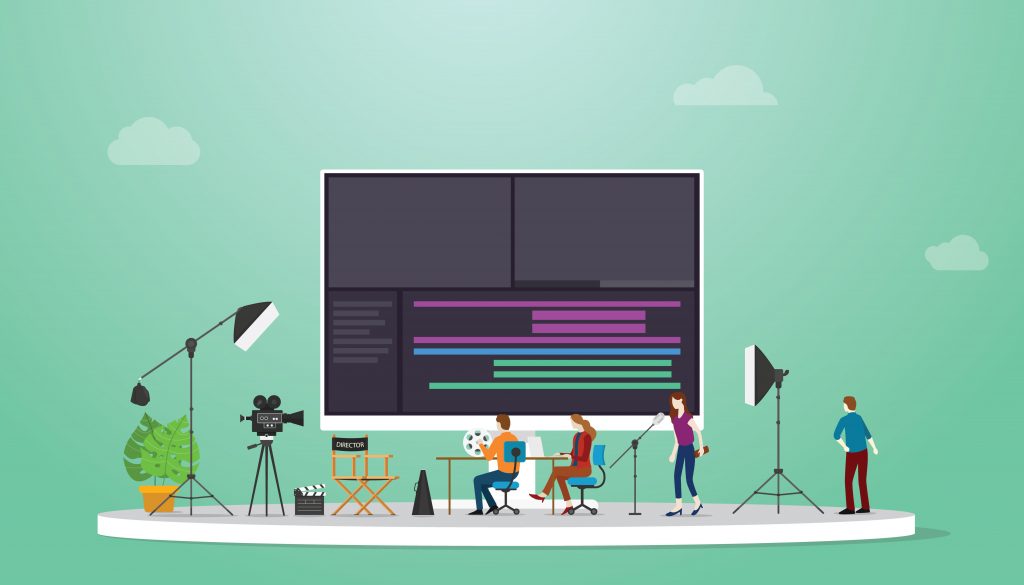
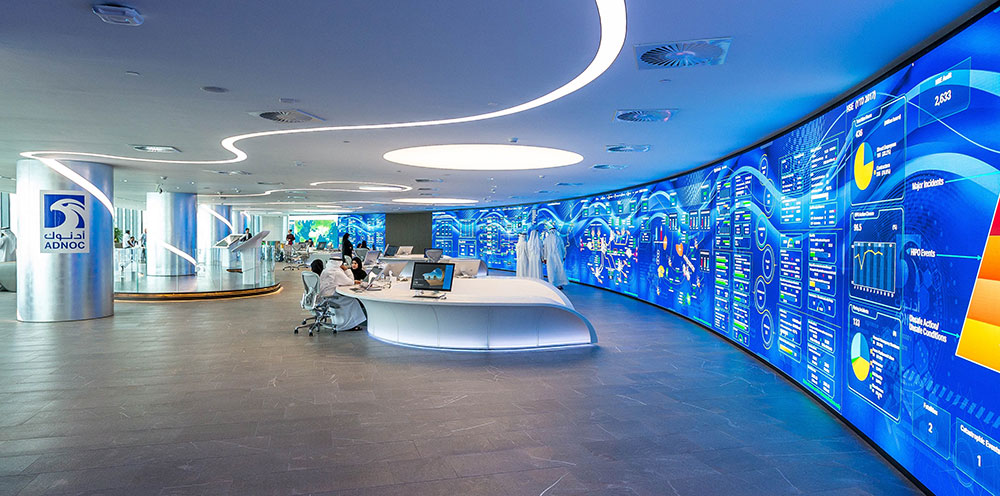
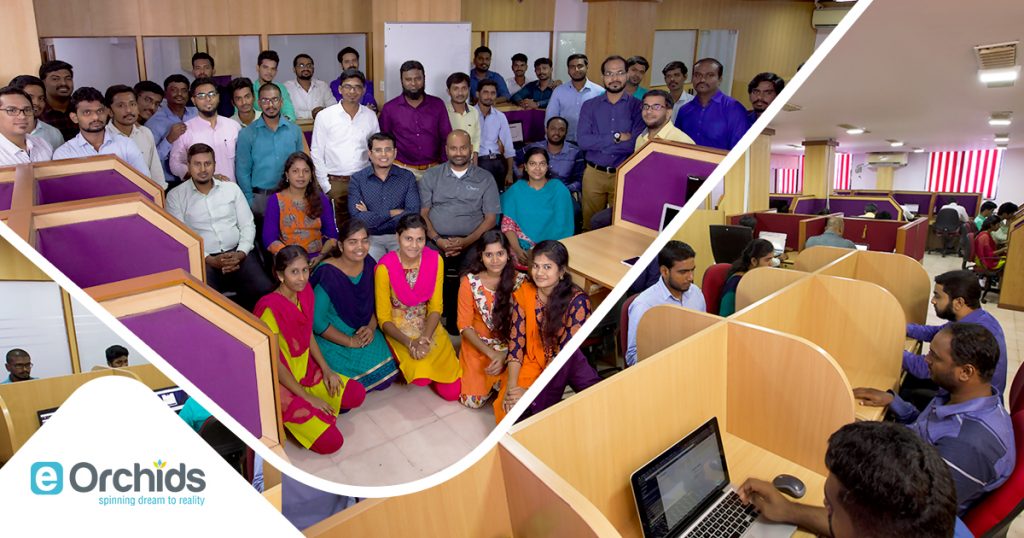

 Source: statista.com
Source: statista.com
